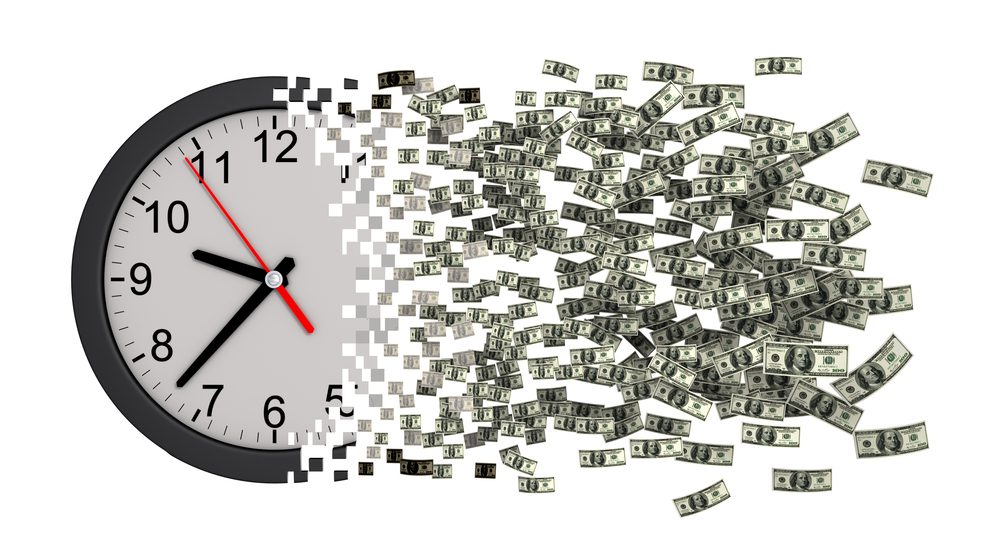Time decay

The term signifies the pace at which an option diminishes in value as time progresses. Time decay follows an exponential pattern and gains momentum as it approaches expiration
Time decay refers to the diminishing value of an option as the expiration date draws near. An option’s time value is the component influenced by the passage of time, affecting its premium. As the expiration date looms, the time value declines or experiences a faster time decay, mainly due to the reduced opportunity for investors to realize a profitable outcome from the option.
Graphically, time decay can be expressed in the following way:

Upon calculation, this value will consistently be negative since time moves in only one direction. The beginning of the countdown for time decay begins immediately upon the initial purchase of the option and persists until its expiration.Time decay denotes the gradual decrease in the premium or price of an option as time progresses until its eventual expiration without value.
Time decay is influenced by factors like volatility, the remaining duration until expiration, and interest rates. Although most traders are acquainted with time decay, a common oversight is that time value erodes in a counterintuitive manner. As the expiration date draws near, the time value starts to augment progressively, driven by the heightened likelihood of an option attaining its strike price before reaching expiration.









